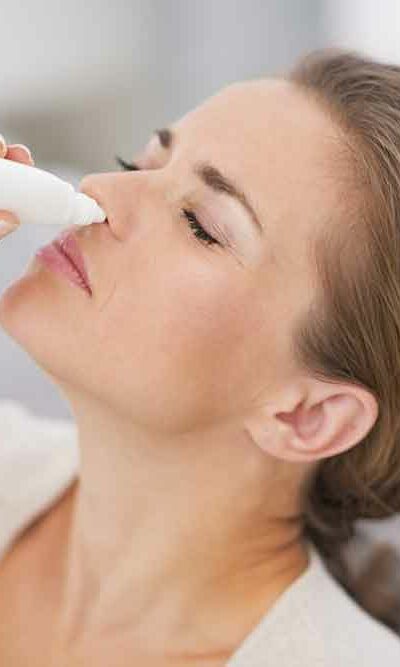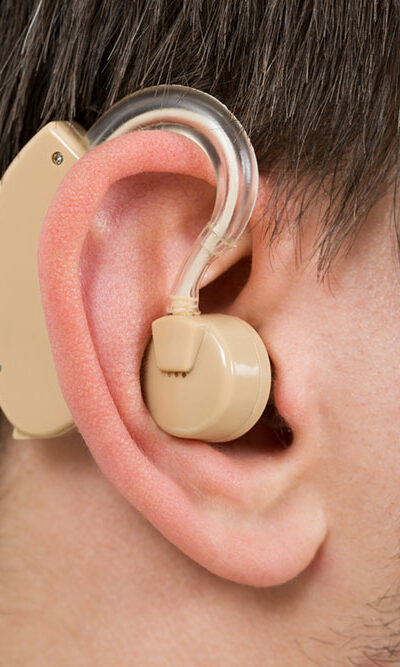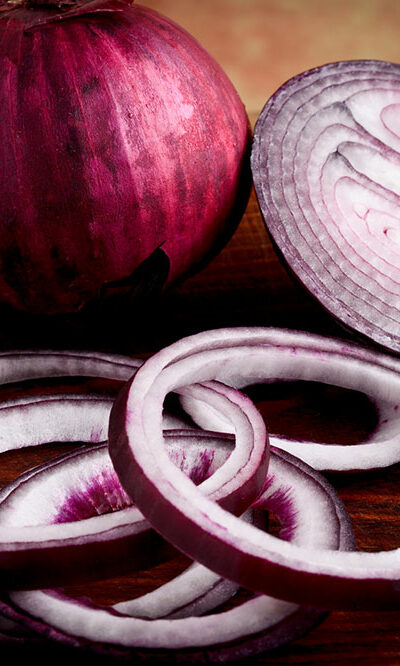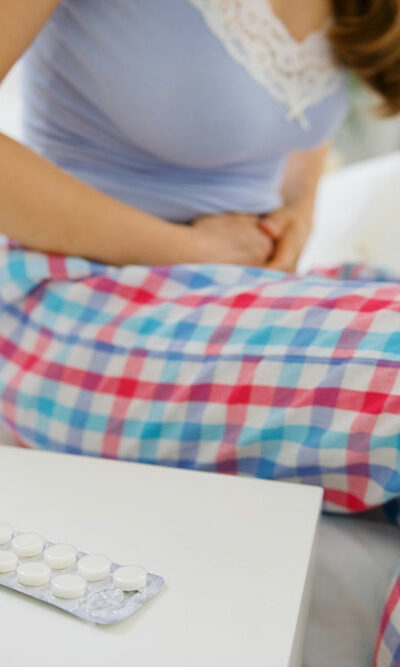
9 tips to relieve nasal congestion naturally
Nasal congestion occurs due to excess mucus in the nasal passages. It can cause the blood vessels and tissues in these passages to get inflamed, blocking airflow and leading to pain and discomfort. Mucus buildup can result from several factors like colds, allergies, sinusitis, and changes in the weather, but it is usually temporary. Here are a few simple tips to relieve nasal congestion or stuffy nose naturally at home. Try steam inhalation Inhaling steam is a classic remedy for nasal congestion. Individuals should fill a bowl with hot water and place their face over it, covering the head with a towel to trap the steam. One should then breathe deeply for a few minutes. The steam helps loosen and clear the mucus, making breathing easier. Humidify the air Since dry indoor air can worsen nasal congestion, experts recommend using a humidifier. The machine adds moisture to the air, which in turn moistens the mucus, making it drain easily. Humidifiers can also soothe inflamed nasal tissues, ease irritation, and help one sleep better. However, individuals should clean the humidifier regularly to prevent mold growth. Stay hydrated Drinking sufficient fluids is one of the simplest yet helpful ways to relieve nasal congestion. Hydration helps thin the mucus, making it easier to expel from the nasal passages. Besides water, one can drink herbal teas with honey and lemon for quick relief. However, individuals should not reach for caffeinated beverages since they may dehydrate the body. Consider nasal sprays Nasal sprays, readily available in the market, are saltwater solutions that can help moisten and clear one’s nasal passages, providing instant relief from congestion. Apply a warm compress Applying a warm compress over the nose and forehead can help relieve swelling and loosen congestion. The process may be repeated as many times as needed.










